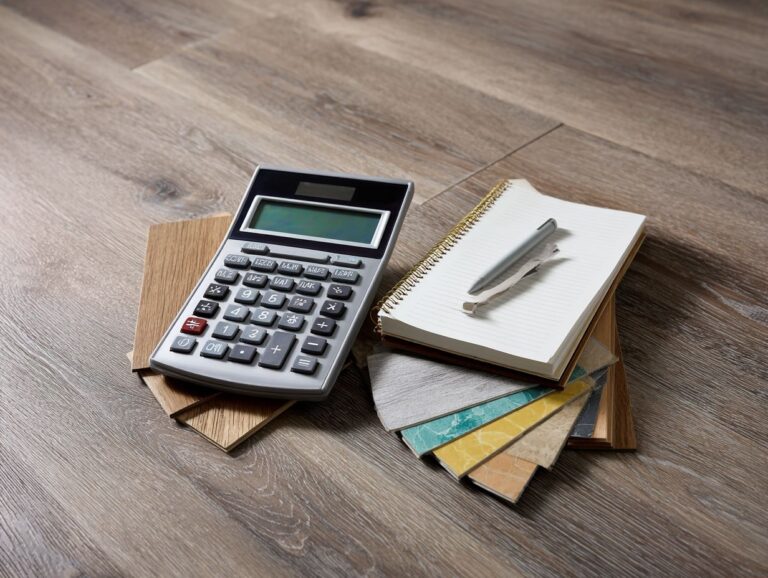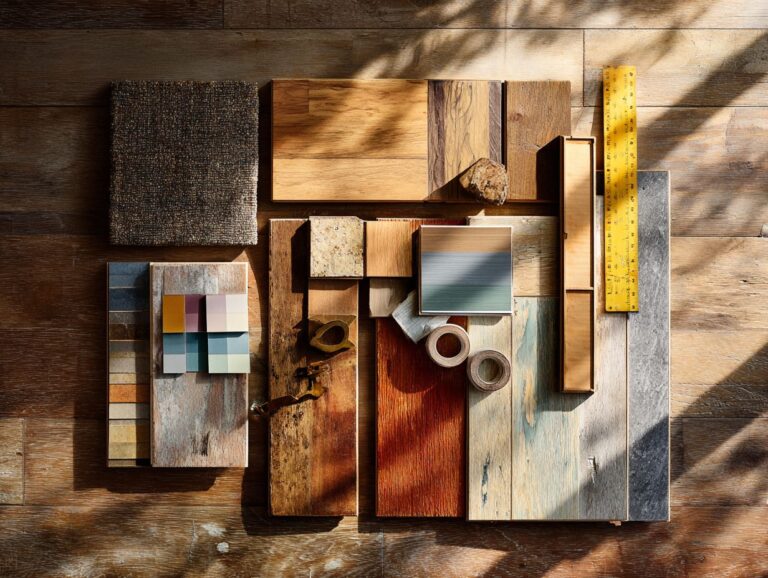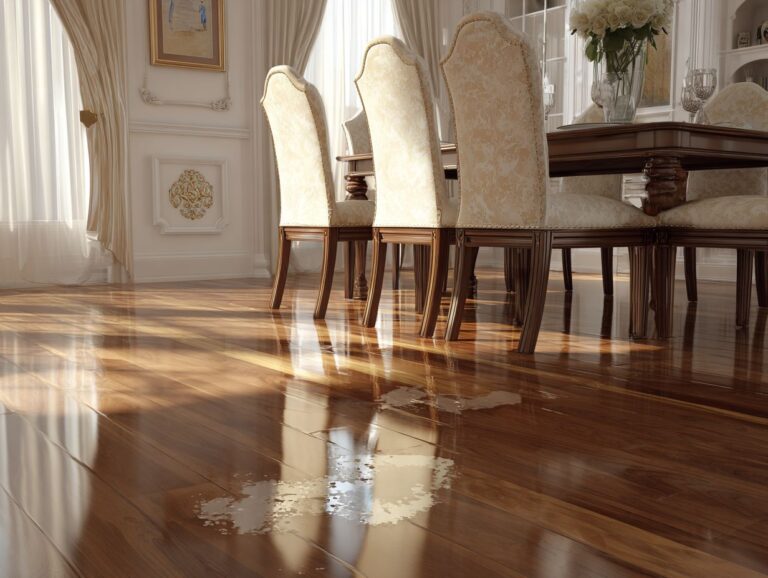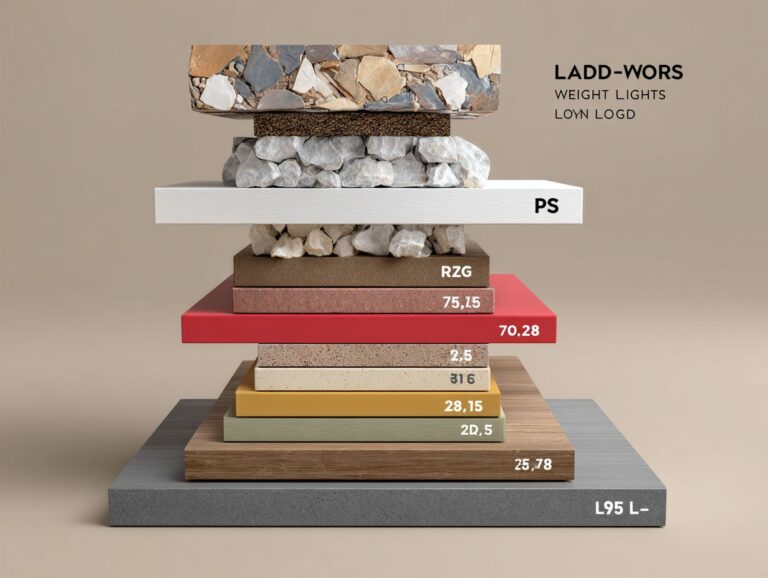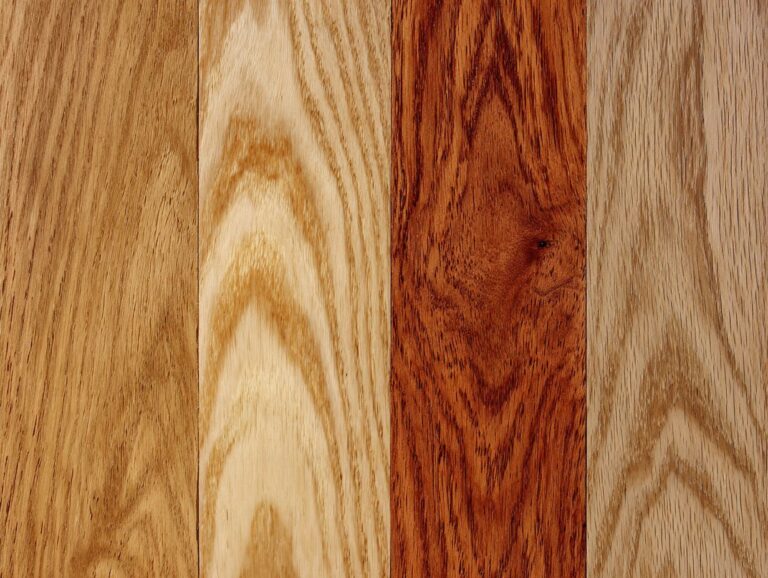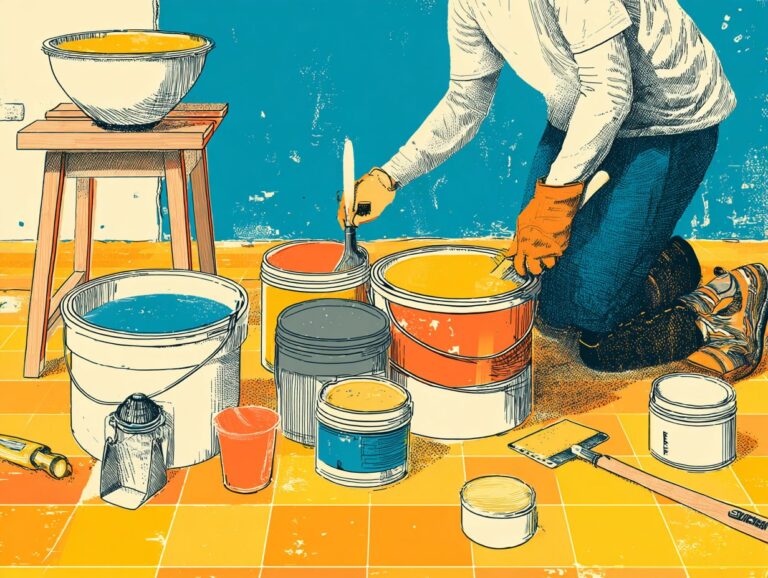Flooring Color Theory – Making Rooms Look Larger
Contents
- Introduction to Flooring Color Theory
- How Color Affects Perception of Space
- Impact of Flooring Colors on Mood and Space Perception
- Choosing the Right Flooring Color
- Flooring Material and Color Combinations
- Visual Tricks with Flooring Patterns
- Lighting and Its Role in Color Perception
- Case Studies: Successful Use of Color in Flooring
- Common Mistakes to Avoid
- Frequently Asked Questions
- What is flooring color theory and how can it make a room look larger?
- Which flooring colors should I choose to make a room look larger?
- Can I mix and match flooring colors in a room to create the illusion of more space?
- Are there any specific patterns or designs that can help make a room look larger?
- Can flooring color also impact the perceived height of a room?
- Is there a specific type of flooring material that is better for creating the illusion of a larger room?
Introduction to Flooring Color Theory
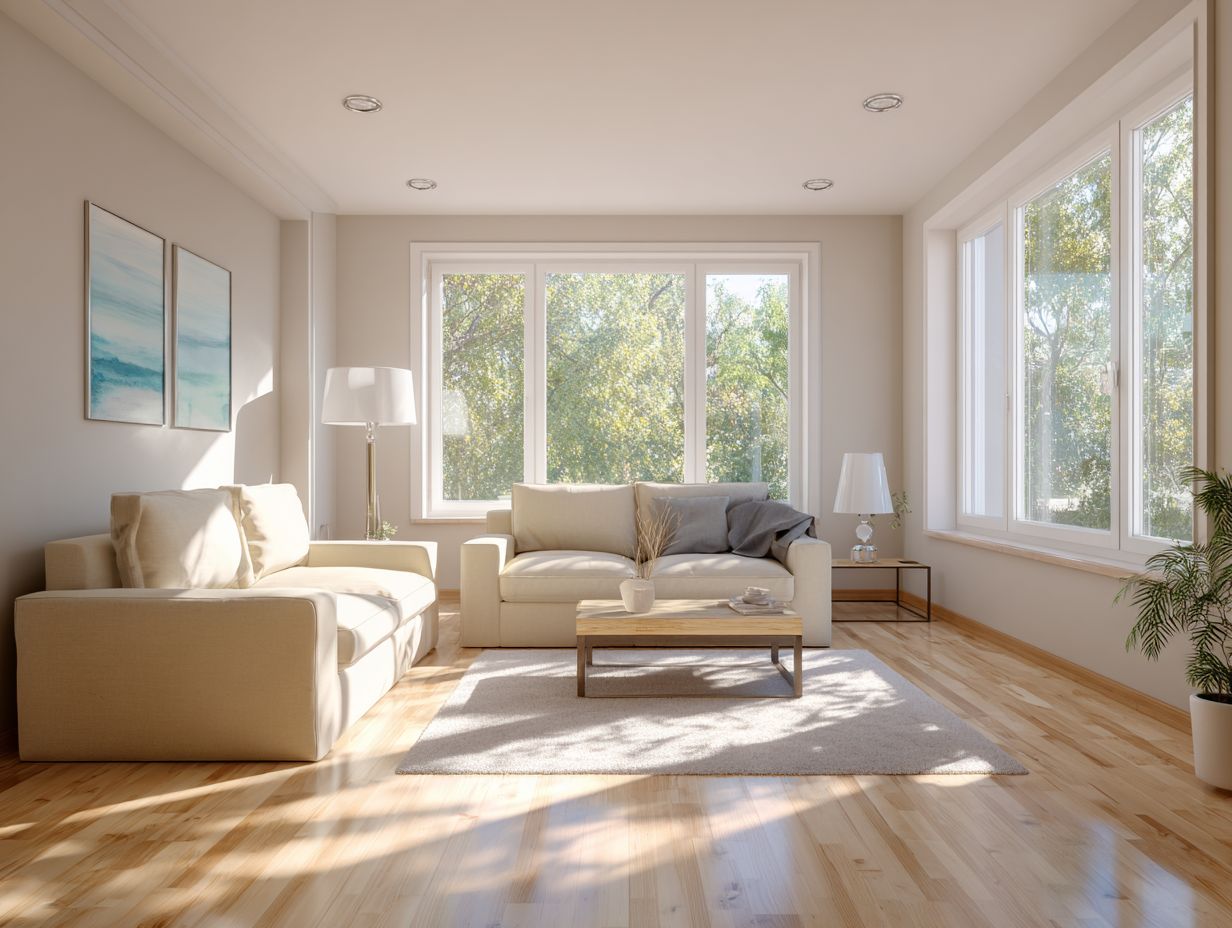
Key Takeaways:
Understanding Color Theory Basics
At the core of interior design, the color wheel identifies primary, secondary, and tertiary colors, which guide harmonious combinations and contrasts.
Primary colors-red, blue, and yellow-serve as the foundation, while secondary colors like green (blue and yellow) and orange (red and yellow) emerge from them.
To create a calming space, consider a palette with soft neutrals (beige, gray) combined with a lighter version of a primary color-like pale yellow.
To achieve a lively appearance, combine colors like blue and orange to create an eye-catching contrast.
Knowing these connections helps homeowners choose flooring that improves the look of the room and creates the wanted mood, making spaces feel welcoming or lively.
Importance of Flooring in Interior Design
Flooring serves as the foundation of any interior space, establishing the aesthetic direction and impacting the overall cohesiveness of the design.
Hardwood floors give a cozy feel, which is why they are often chosen for living rooms. In contrast, sleek tiles are often chosen for modern kitchens for their clean lines and durability.
Carpet offers a cozy feel for bedrooms, enhancing comfort and noise reduction. Each type of floor affects the room’s look and how it works, like how easy it is to clean or how it feels temperature-wise.
When choosing flooring, think about both the style and how it fits with the room’s function.
How Color Affects Perception of Space
Color significantly affects how we see the size of a room, changing how we experience space and comfort in different environments.
Impact of Flooring Colors on Mood and Space Perception
Impact of Flooring Colors on Mood and Space Perception
Flooring Color Influence: Emotional and Spatial Impact
Flooring Color Influence: Color Psychology Usage
The Impact of Flooring Colors on Mood and Space Perception Looks at how various flooring colors can greatly impact the mood and sense of space in rooms. This data captures the critical role flooring choices play in interior design and psychological well-being.
Flooring Color Influence demonstrates the strong effects of color on how we see spaces and feel emotions. Light flooring is reported to impact 100% of spaces by enhancing feelings of openness and calmness. This effect is particularly beneficial in smaller or crowded spaces, where a sense of spaciousness and tranquility can be created by using lighter shades.
- In contrast, dark flooring influences 100% of spaces by conveying intimacy and elegance. It is often used in bigger rooms to make them feel warm and classy, creating a comfortable and high-end space that attracts people who want a fancy look.
Color Psychology Usage further illustrates how flooring colors contribute to the overall atmosphere of a room. Neutral flooring, impacting 100% of spaces, provides a classic environment, making it a popular choice for those who want adaptability in design and decoration. This flexibility lets you change furniture or decorations often without them looking out of place with the floor.
- Warm flooring colors, affecting 100% of rooms, are known for creating a welcoming and lively environment. They can encourage chatting and interaction, making them perfect for areas where people gather, such as living rooms and kitchens.
- Conversely, cool flooring colors impact 100% of rooms by providing a modern and relaxing atmosphere. These colors are suitable for spaces intended for rest and relaxation, such as bedrooms and meditation areas.
The Impact of Flooring Colors on Mood and Space Perception shows how choosing flooring colors can influence emotions and how a space feels. By learning and using color psychology, homeowners and designers can change a room’s feel to suit particular moods and uses.
Warm vs. Cool Colors
Warm colors, such as earthy ochre and dark red, can create a cozy atmosphere, while cool colors like sea green and pale blue evoke calmness and openness.
In a living room, using warm colors can make the space inviting, perfect for gatherings. A warm terracotta wall alongside soft beige furniture creates a cozy atmosphere.
Using soft blue or green paint in a home office can help you concentrate and feel relaxed, which improves productivity.
When decorating, consider lighting; warm hues benefit from a mix of warm white and soft yellow lights, while cool shades thrive under brighter, white LED fixtures that accentuate their tranquil effect.
Light Reflectance and Its Impact
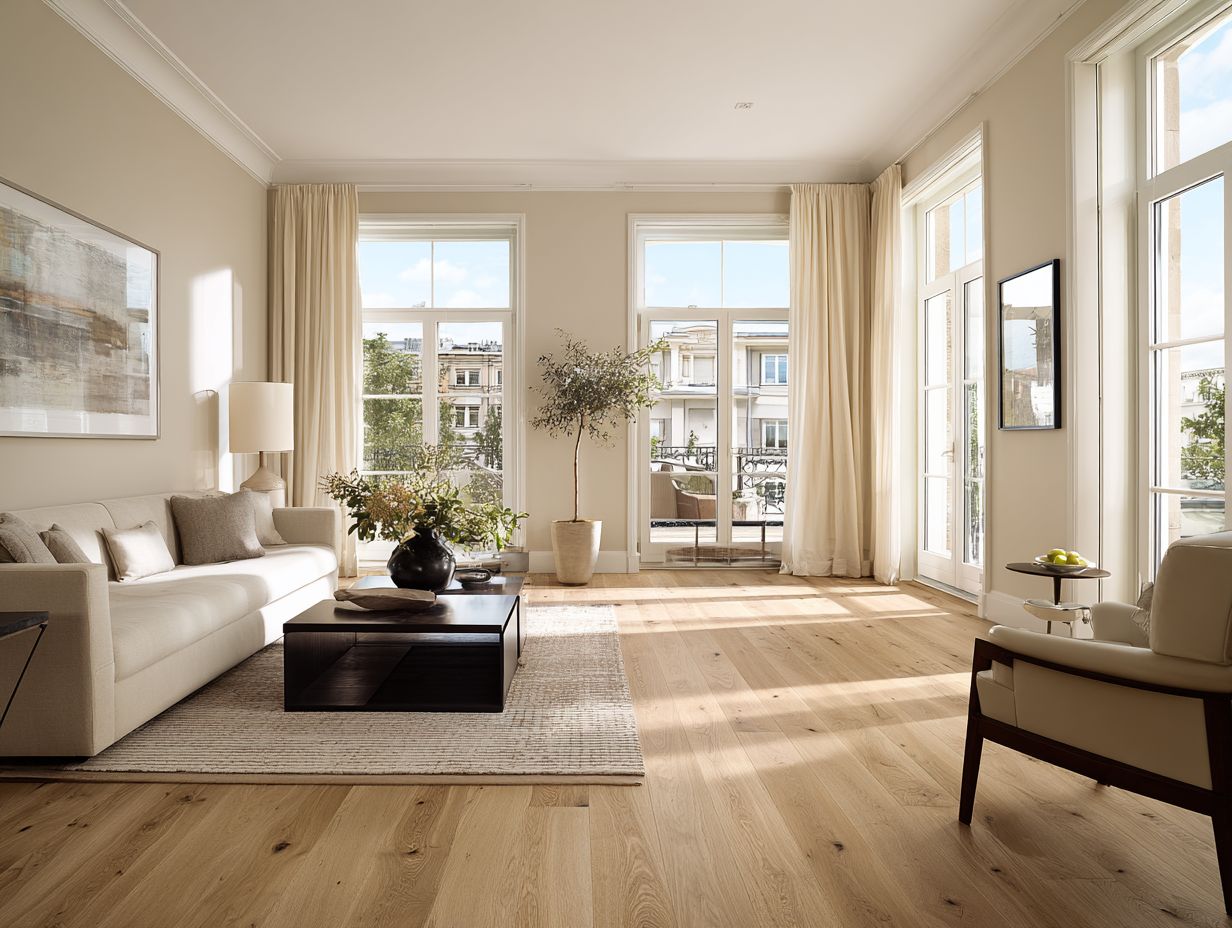
The Light Reflectance Value (LRV) calculates how much light a color reflects, which helps increase natural light and makes a room appear larger.
When selecting flooring, consider an LRV of at least 60 for brighter, more spacious rooms.
For example, light oak or maple colors usually have higher light reflectance values, which makes them a good choice for small spaces. Dark flooring like deep walnut can absorb light, creating a cozy feel, though it might make rooms appear smaller.
To make a room brighter, use light-colored floors with white or pale walls to reflect more natural light.
Tools such as paint samples or virtual room design apps can help visualize how different LRV combinations will affect your space.
Choosing the Right Flooring Color
Picking the right flooring color can make a room feel inviting and appear bigger.
Neutral Colors for a Spacious Feel
Neutral colors like clean white, taupe, and light grey create a smooth background that improves light reflection and makes the space feel larger.
These colors open up small rooms and help them feel larger and more inviting. For example, a soft taupe on the walls paired with a creamy off-white ceiling can create warmth without overwhelming the space.
Light grey flooring adds a touch of class and works well with different accent colors in furniture and decor. Beige offers a subtle backdrop that complements natural light beautifully.
Choosing colors that are moderate will give a cozy atmosphere and let light reflect, maximizing the brightness in the room.
Using Light Colors to Enhance Room Size
Light colors like off-white and pale blues can make rooms appear bigger and more spacious.
To effectively choose light flooring colors, consider the overall design aesthetic and the natural light available in the space.
For example, a design firm in Chicago successfully used light oak floors paired with white walls to create a bright and airy vibe in a small apartment.
Tools like Sherwin-Williams Color Snap or Benjamin Moore’s online visualizer can help you see how different flooring colors interact with wall paint.
Experimenting with samples can provide a tangible sense of how the flooring will appear in varying lighting conditions.
Accent Colors and Their Placement
Using accent colors thoughtfully can give flooring more character and interest while keeping the design unified.
To effectively use accent colors in flooring, consider contrasting hues in entryways or hallways to create a striking first impression. A dark blue area rug could improve the look of light hardwood floors.
In kitchens, a tile pattern with strong colors can catch the eye when used as a backsplash against plain floors. In living rooms, a colorful runner can separate spaces, connecting different surfaces like hardwood and carpet.
Tools like color swatches or design software can help visualize your choices before committing.
Flooring Material and Color Combinations
Picking flooring materials and colors is important because they can improve or overpower a design, so choose wisely.
Hardwood vs. Carpet: Color Choices
Choosing colors for hardwood versus carpet flooring involves contrasting benefits; hardwood offers natural texture while carpet provides warmth and softness.
When selecting colors for these flooring types, consider how they complement your overall decor.
Dark-colored hardwoods like walnut or cherry provide a sophisticated look, while lighter woods like oak or maple offer a relaxed vibe.
In contrast, carpets in neutral tones such as beige or gray offer versatility, mixing well with various hardwood shades.
Dark carpets, like navy or charcoal, can add dramatic depth but may require careful coordination with wall colors.
Always obtain samples to visualize how these colors interact with light and adjacent furnishings for a harmonious look.
Tile and Laminate: Expanding Options
Both tile and laminate flooring are available in many colors and patterns, making it easy to choose designs that suit different rooms.
For a modern kitchen, consider pairing sleek, gray laminate with white tile accents. This combination makes the space brighter and gives it a modern look.
In contrast, a rustic living room may benefit from warm, earthy tones in both the laminate and patterned tiles, bringing a cozy atmosphere.
To add interest, use a herringbone pattern for the laminate in the entryway, while keeping the surrounding rooms with solid-colored tiles. Using complementary colors can effectively unify different areas, creating a cohesive design that flows seamlessly throughout your home.
Visual Tricks with Flooring Patterns
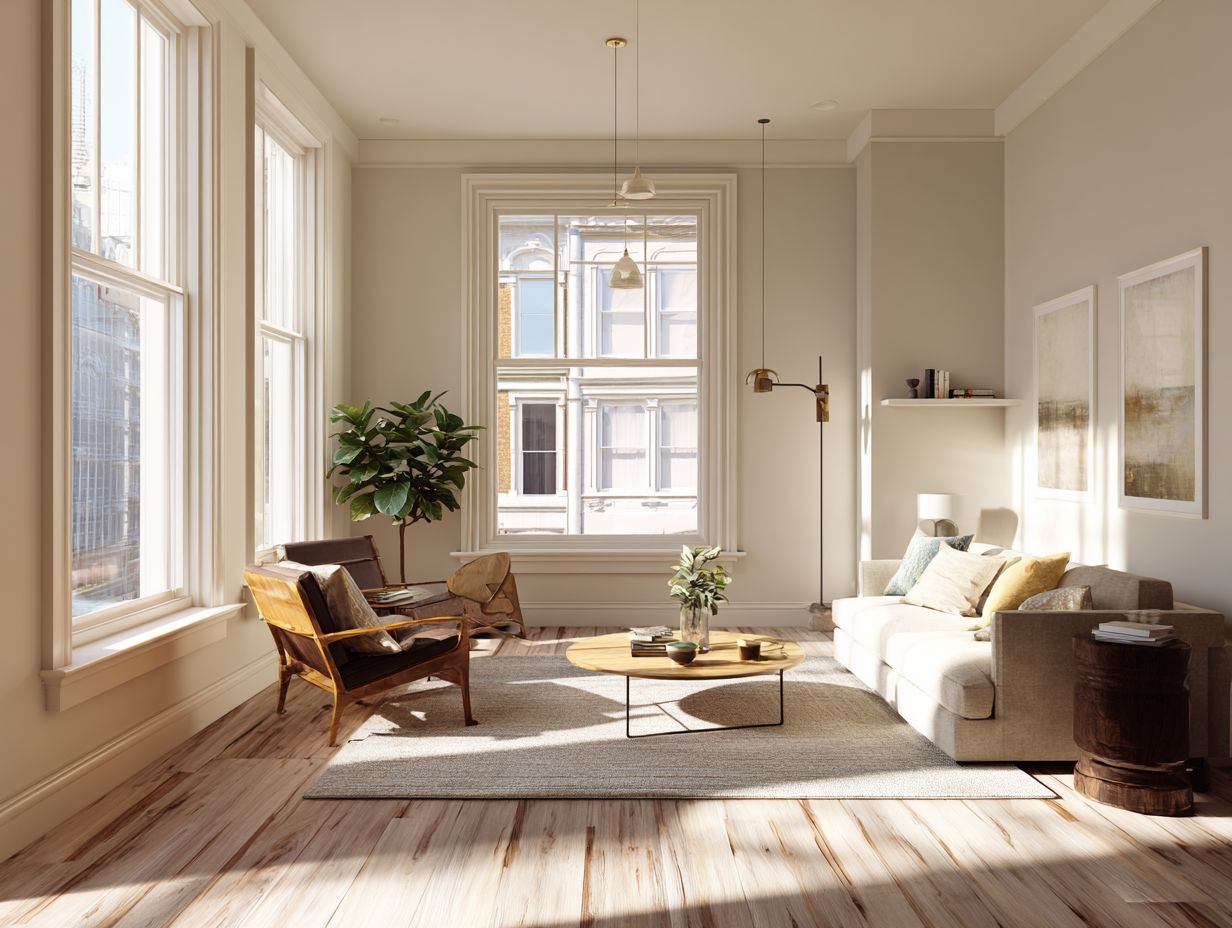
Flooring designs can create visual illusions, making spaces appear larger or more attractive. For instance, powder room flooring ideas employ clever patterns and materials to achieve a big impact in smaller areas.
Diagonal Patterns to Create Depth
Using diagonal patterns in flooring can visually elongate narrow spaces, creating an illusion of depth and increasing interest.
For example, you can change the look of a small hallway by laying planks diagonally. This directs the eye and gives the impression of motion.
In a case study, a 10×12-foot living room was improved with herringbone-patterned tiles, which made the room look bigger and gave it more personality.
Tools like online visualizers or PDFs from flooring suppliers can help see how these designs look in your space.
If you’re uncertain, talking to interior designers can give you specific advice on arrangement and materials.
Striped Flooring for Lengthening Illusion
Striped flooring, whether in tiles or planks, can effectively lengthen the visual perception of rooms, guiding the eye along its path.
To use striped flooring in your design, begin by selecting colors that match your overall dcor.
To create a striking appearance, consider using high-contrast stripes like black and white. For a gentler look, choose softer colors like pale blue and cream.
When choosing materials, ceramic tiles can withstand high traffic areas, while hardwood planks add warmth to living spaces.
Make sure the stripes align with the longest wall to create the impression of more space. It’s also wise to balance the flooring with solid-colored furniture to prevent visual clutter.
Lighting and Its Role in Color Perception
Lighting significantly affects how colors appear in flooring and sets the mood in a room.
Natural vs. Artificial Lighting
Natural lighting tends to bring out the true colors of flooring materials, while artificial lighting can shift hues and create unwanted shadows.
To assess how different lighting impacts your flooring choice, take samples of your desired colors home. Place these samples in areas with both natural and artificial lighting.
Observe them at different times of the day; morning light tends to be cooler while evening light is warmer.
Using a color rendering index (CRI) tool can help you understand how artificial lights will affect colors. For example, a bulb with a CRI of 90 or higher will display colors more precisely, allowing you to make more informed decisions.
Choosing the Right Light Bulbs
Selecting the right light bulbs can significantly impact the ambiance of a room, with warmer bulbs enhancing cozy spaces and cooler bulbs promoting energy.
To achieve the best results based on your flooring color, consider the following tips:
- For light brown or beige floors, use 2700K warm white bulbs, like Philips Soft White, to create a welcoming atmosphere.
- Conversely, if your flooring is dark, such as walnut, opt for cooler bulbs around 4000K, like Cree Daylight, to brighten the space and highlight the rich tones.
- Testing different bulbs in a single fixture before committing to a full setup can also be beneficial, allowing you to see which works best for your unique setting.
Case Studies: Successful Use of Color in Flooring
Examining real-life examples can give useful information on choosing the right flooring colors and how they can change the look of a room.
Small Room Transformations
Many small rooms have transformed significantly by selecting certain flooring colors, demonstrating how color can make a space appear bigger.
For instance, a tiny living room with dark oak flooring felt cramped and gloomy. By switching to light ash boards, the room appeared more spacious and airy.
The kitchen, which initially had boring beige tiles, was completely transformed by adding bright blue vinyl planks, making the area feel inviting and lively. Matching the flooring with wall colors that go well, such as light whites or pastel shades, can increase this effect further.
To visualize changes effectively, homeowners can use tools like Roomstyler or Houzz’s Visual Match feature to experiment with different flooring colors before committing.
Before and After Comparisons
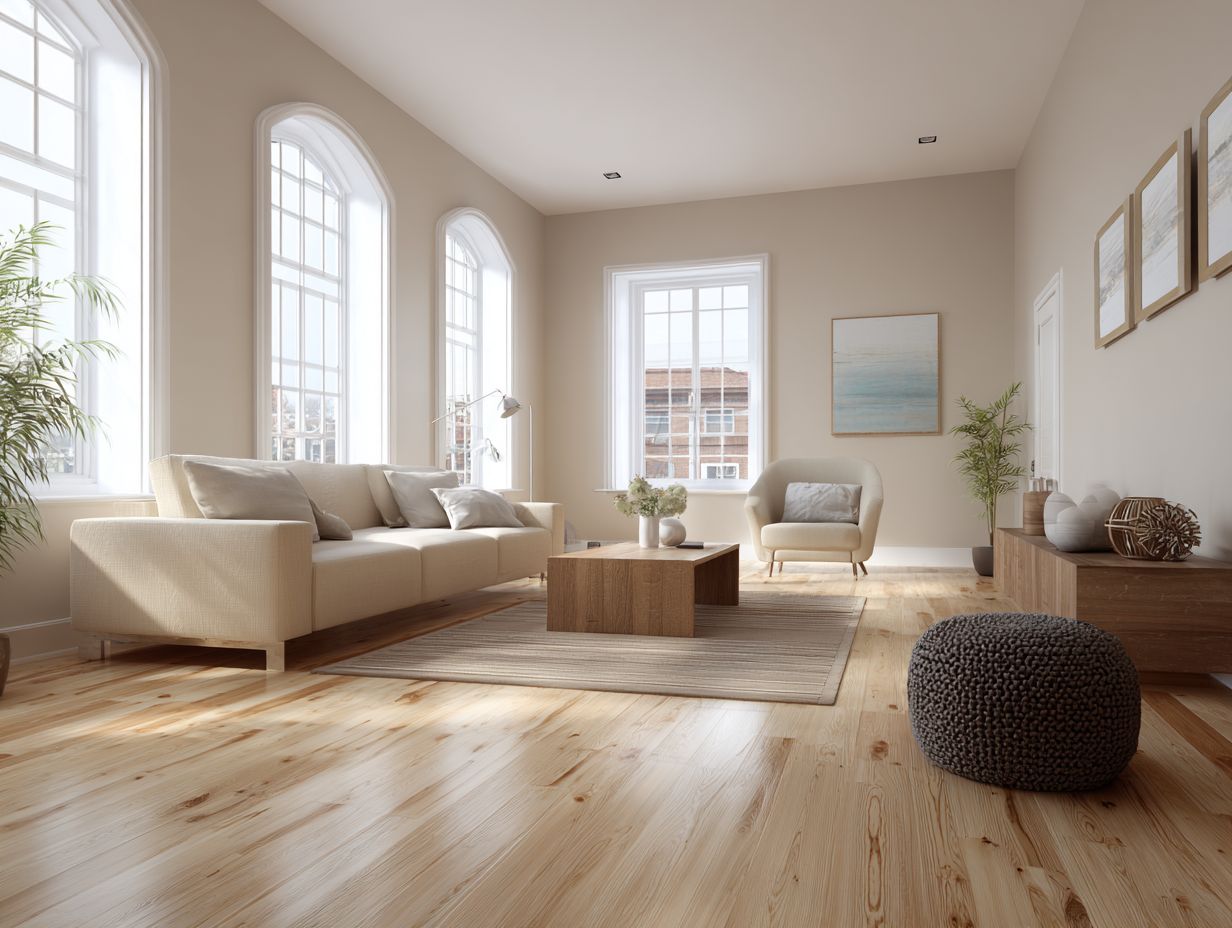
Before and after comparisons can starkly illustrate how color choices in flooring dramatically impact the perception of a space.
For instance, switching from dark hardwood to a light oak can make a small room feel more spacious and inviting. Conversely, moving from a beige carpet to deep charcoal tiles can create a cozy, sophisticated atmosphere in a larger living area.
These examples focus on how light reacts and how people feel; lighter colors usually make a space feel more open and cheerful, while darker colors take in light and create a cozy atmosphere.
Always consider the room’s purpose and desired vibe when selecting flooring colors for maximum effect.
Common Mistakes to Avoid
Choosing the right flooring color can prevent mistakes and save both time and money, leading to a successful design.
Overly Dark Colors in Small Spaces
Opting for overly dark colors in small spaces can create a claustrophobic effect, detracting from the desired spacious feel.
Instead, consider lighter shades that reflect light and create an airy atmosphere. Soft pastels like pale blue or mint green can maintain elegance and make the space feel larger.
For a more neutral palette, shades such as light gray or creamy beige offer warmth without overwhelming the room. To add depth without darkening, use varying textures, like a light linen sofa or sheer curtains.
This approach allows you to achieve sophistication and comfort while enhancing the perception of space.
Ignoring Room Function and Flow
Ignoring the specific function and flow of a room during flooring color selection can lead to a disjointed design that lacks coherence.
To create balance, think about how the color of flooring can improve the use of each area.
For instance, light-colored flooring can make a small living room feel more spacious and airy, whereas darker shades may create a cozy atmosphere in a den or bedroom.
In high-traffic areas like hallways, using a mid-tone color can hide dirt while still appearing stylish.
For example, a warm oak finish pairs beautifully with both modern and traditional decor, ensuring versatility and longevity.
Frequently Asked Questions
What is flooring color theory and how can it make a room look larger?
Flooring color theory is the study of how different colors and shades can affect the perception of space in a room. By selecting the right flooring color, you can create the illusion of a larger and more open space.
Which flooring colors should I choose to make a room look larger?
Lighter colors, such as white, beige, or light grey, tend to make a room look larger by reflecting more light and creating a sense of openness. Avoid dark colors as they can make a room appear smaller and more closed off.
Can I mix and match flooring colors in a room to create the illusion of more space?
Yes, you can mix and match flooring colors to create an interesting and visually appealing space. Be careful with the balance and contrast between the colors to prevent the room from looking cluttered or smaller.
Are there any specific patterns or designs that can help make a room look larger?
Yes, there are a few flooring patterns and designs that can make a room look larger. For example, using diagonal or herringbone patterns can create the illusion of length and depth in a room.
Can flooring color also impact the perceived height of a room?
Yes, flooring color can also affect the perceived height of a room. Lighter flooring colors tend to make a room appear taller, while darker colors can make it seem shorter. Choosing the right color can help balance the proportions of a room and make it appear more spacious.
Is there a specific type of flooring material that is better for creating the illusion of a larger room?
Materials like light-colored hardwood, ceramic or porcelain tiles, and light-colored vinyl can make a room seem bigger than darker options such as dark-colored carpet or laminate. However, the color and pattern of the flooring are important for making a room look larger.
